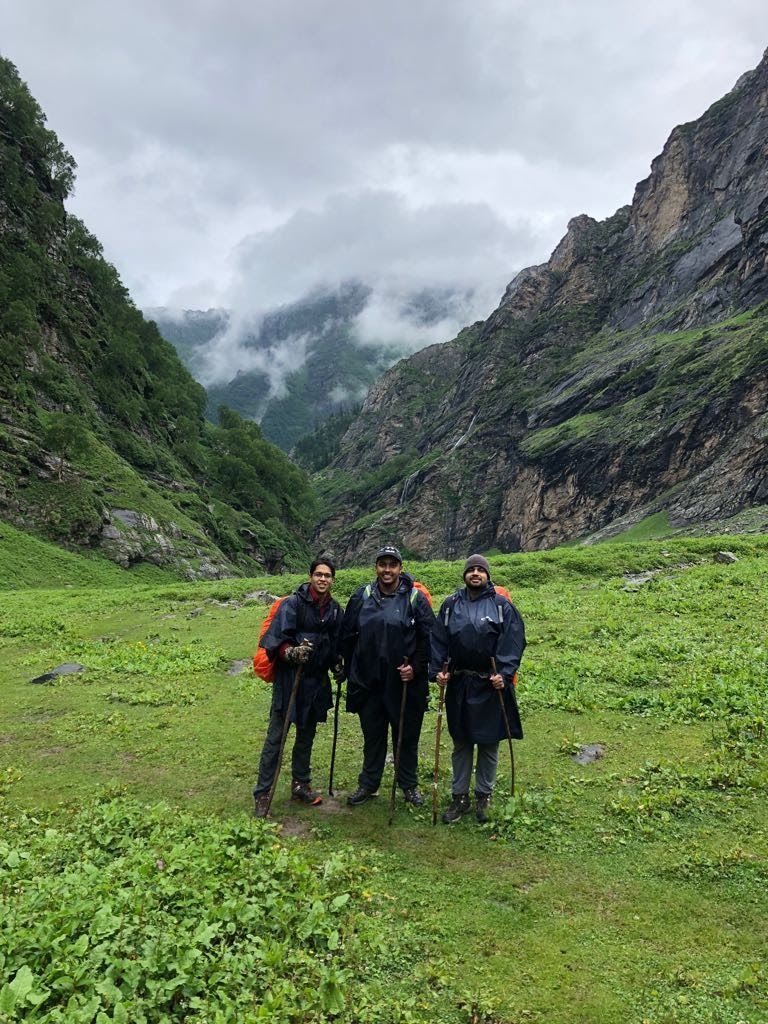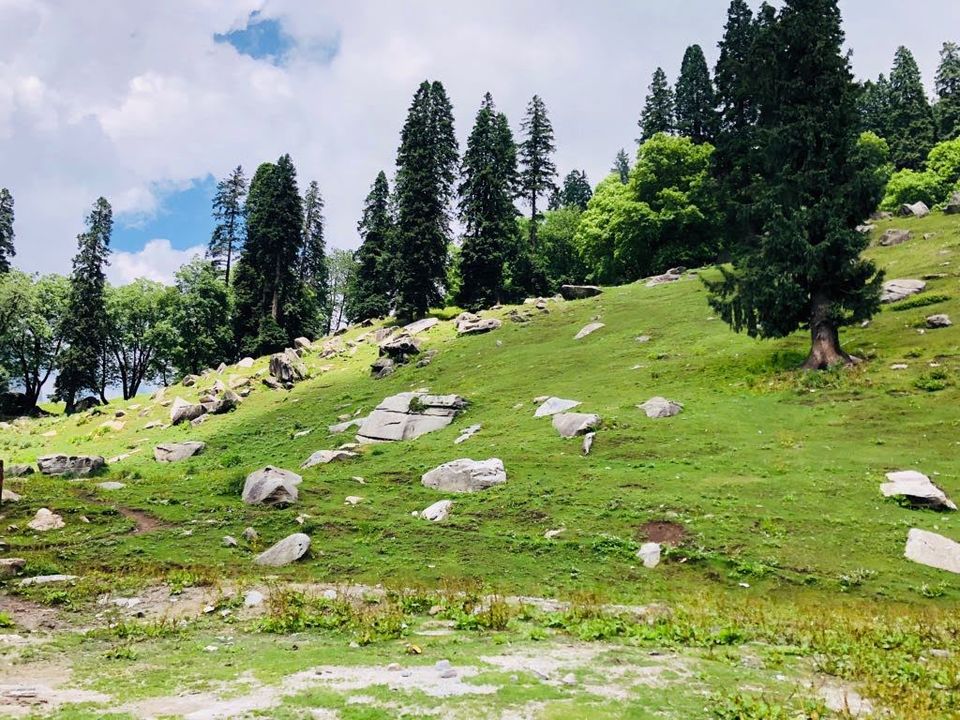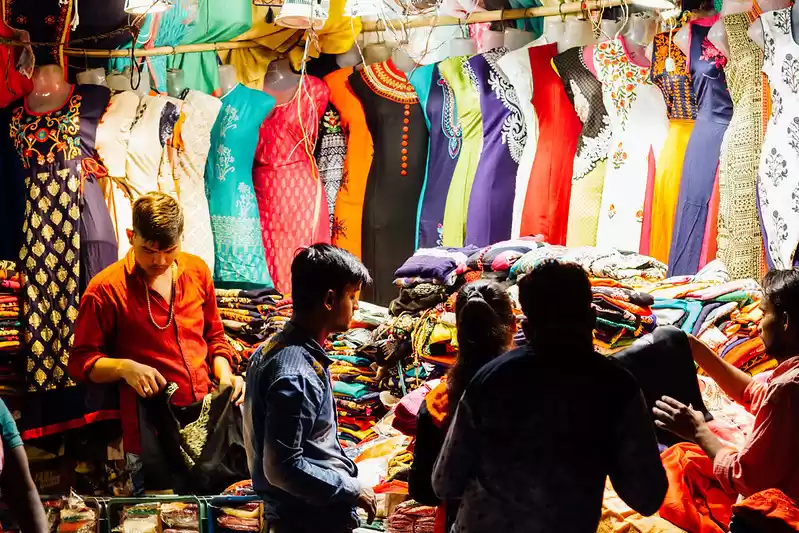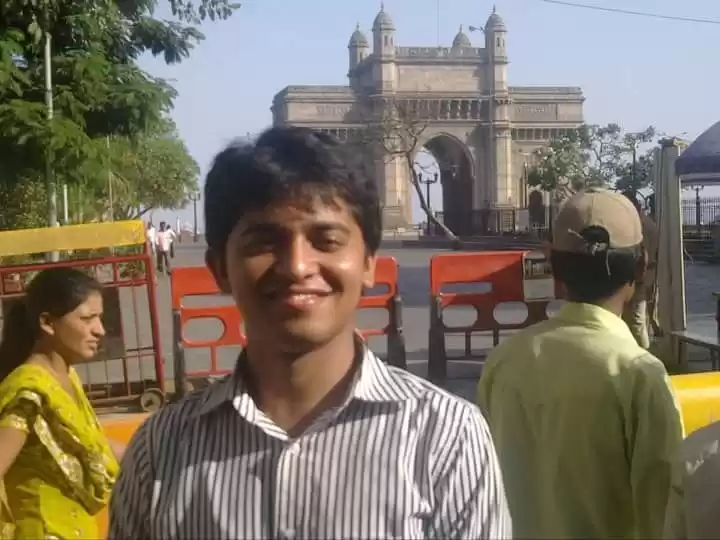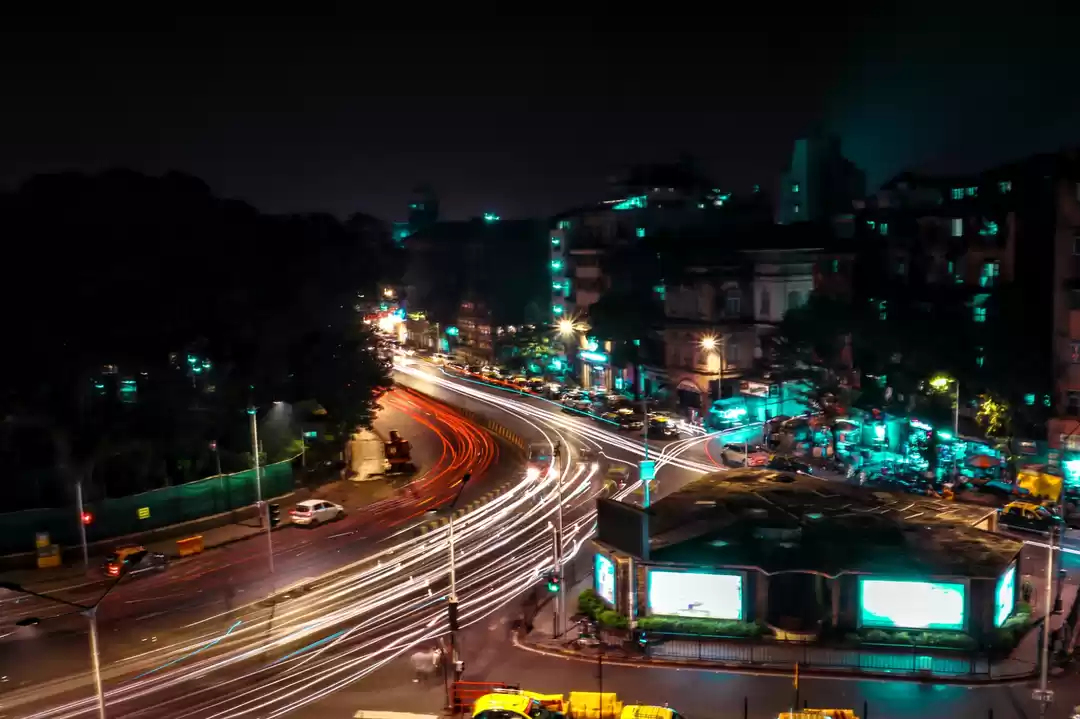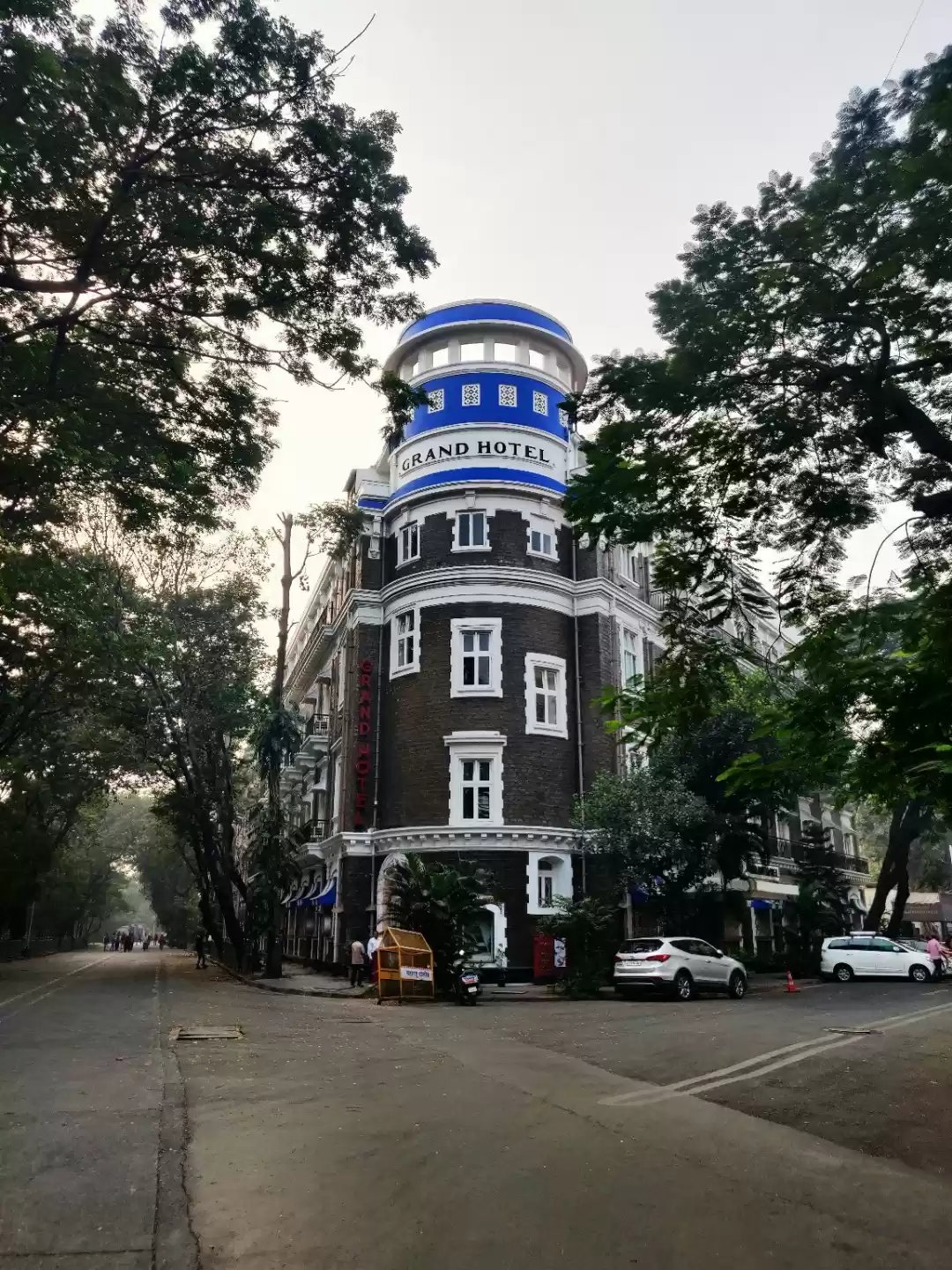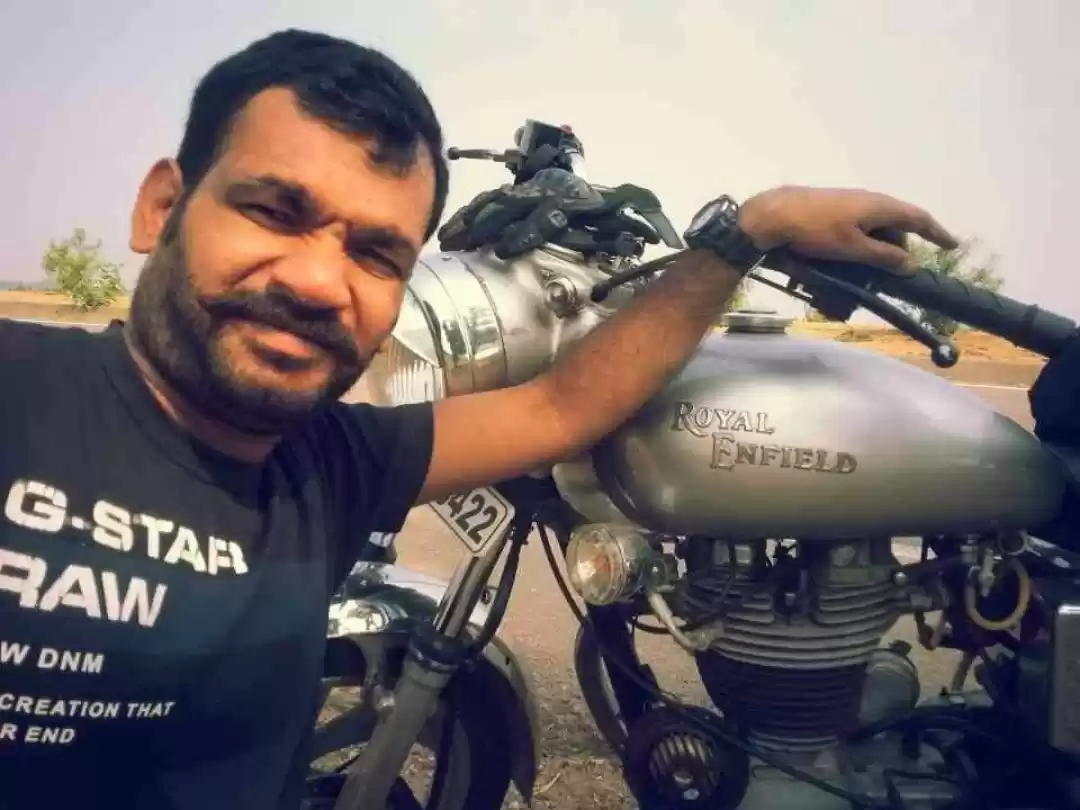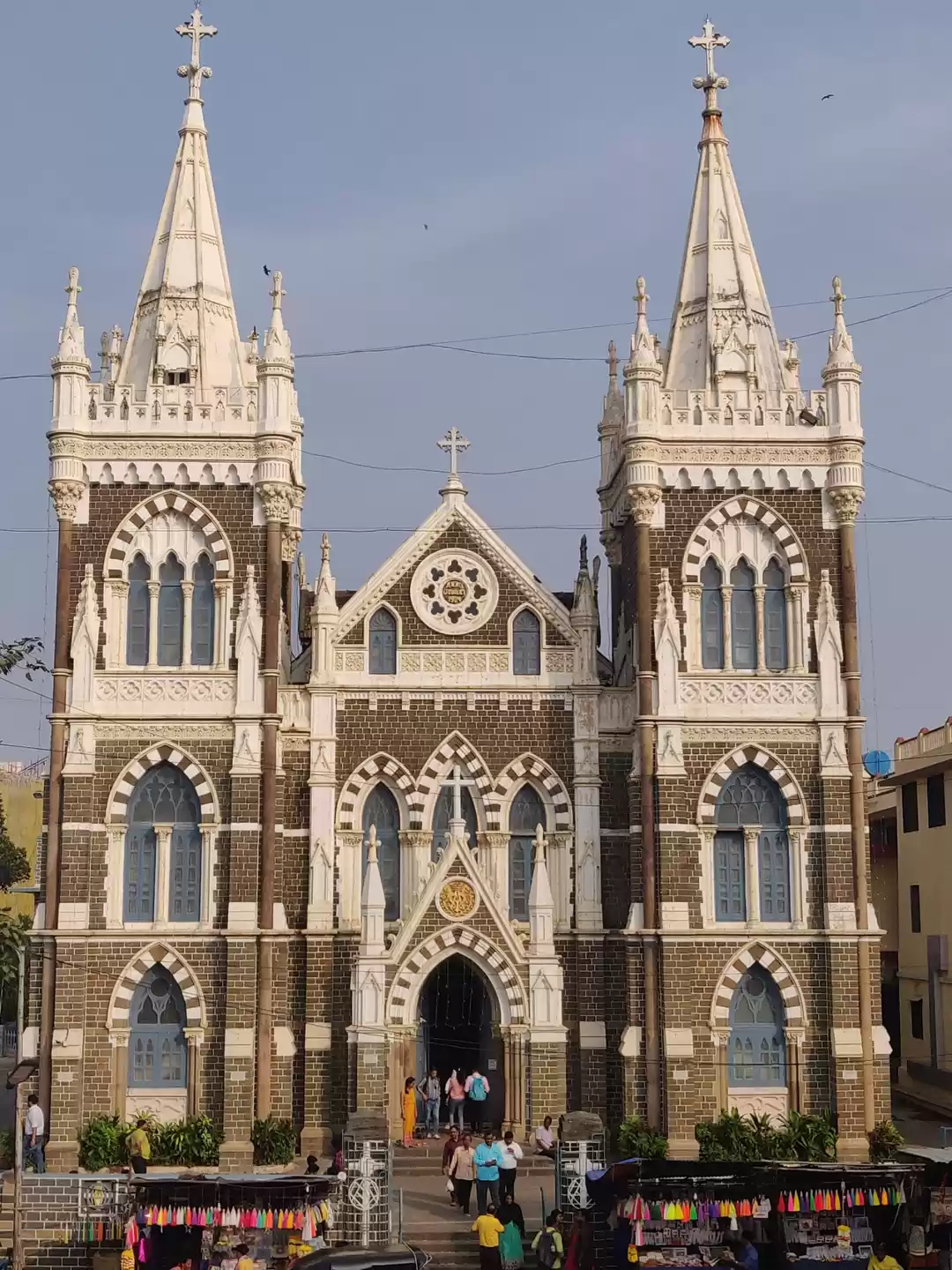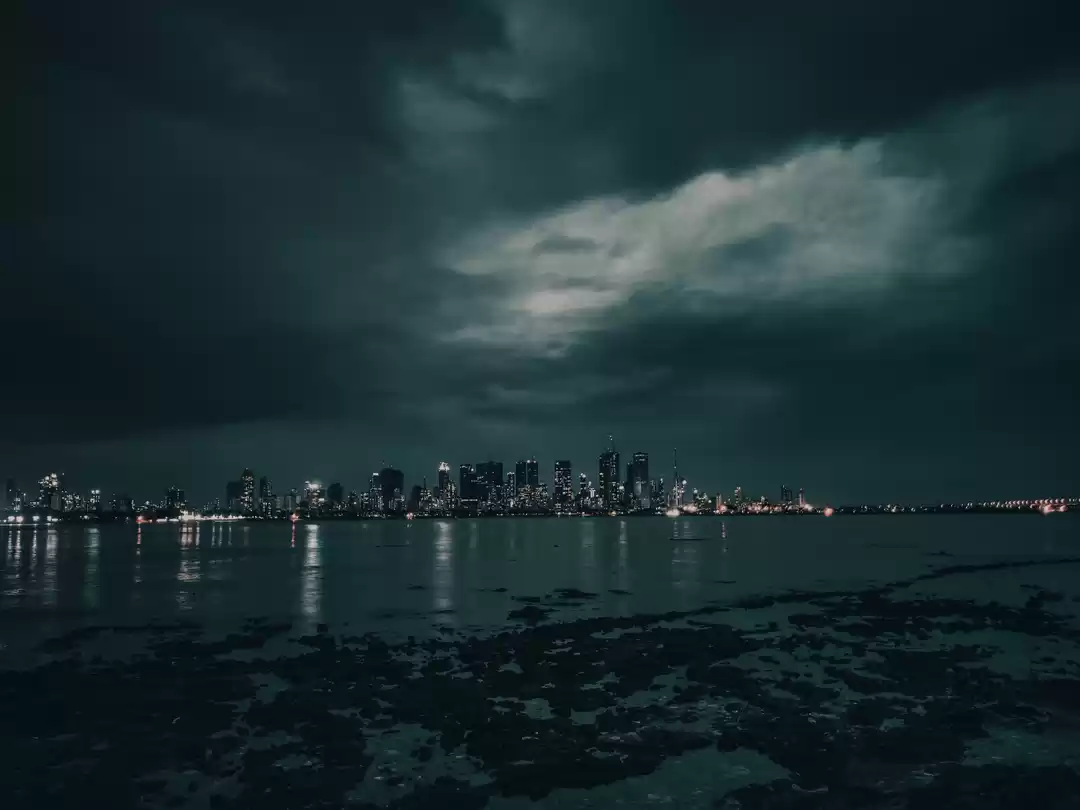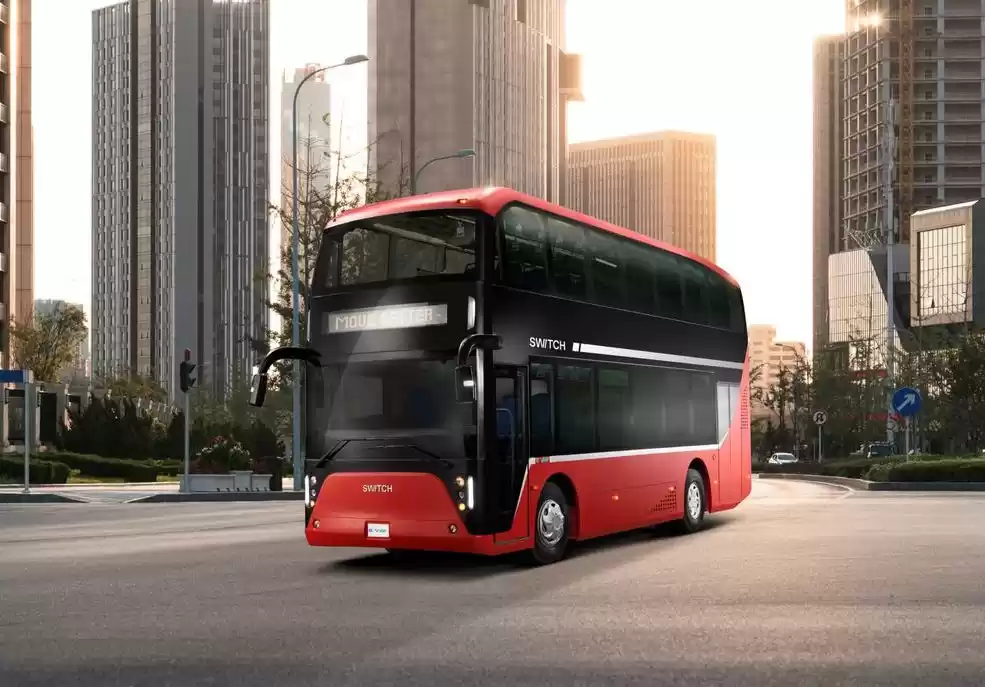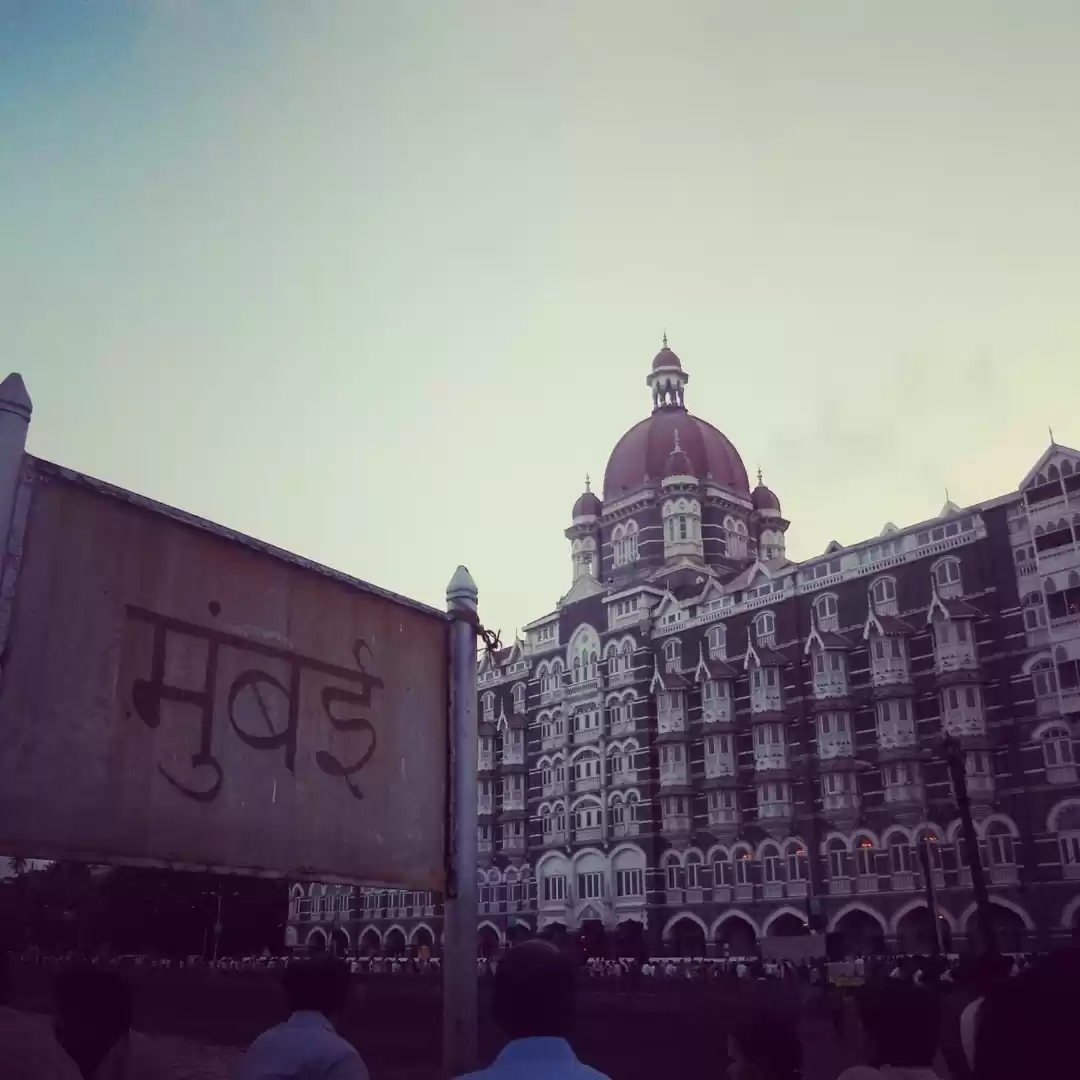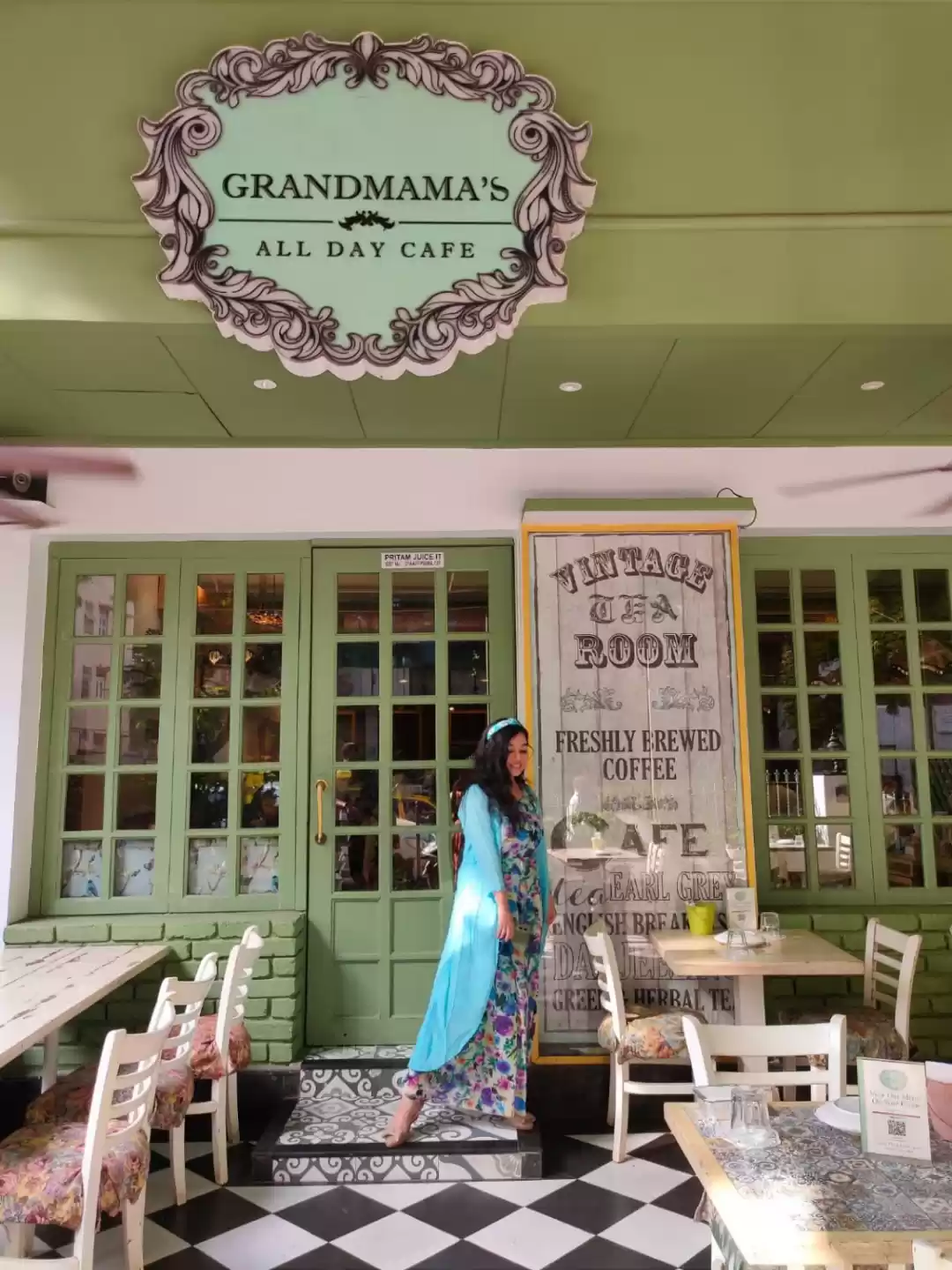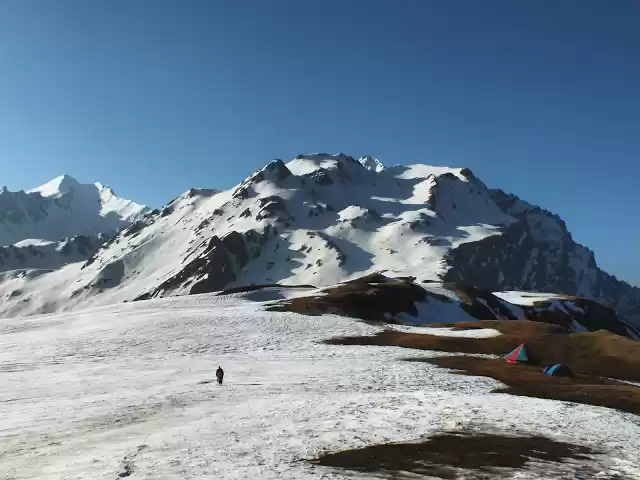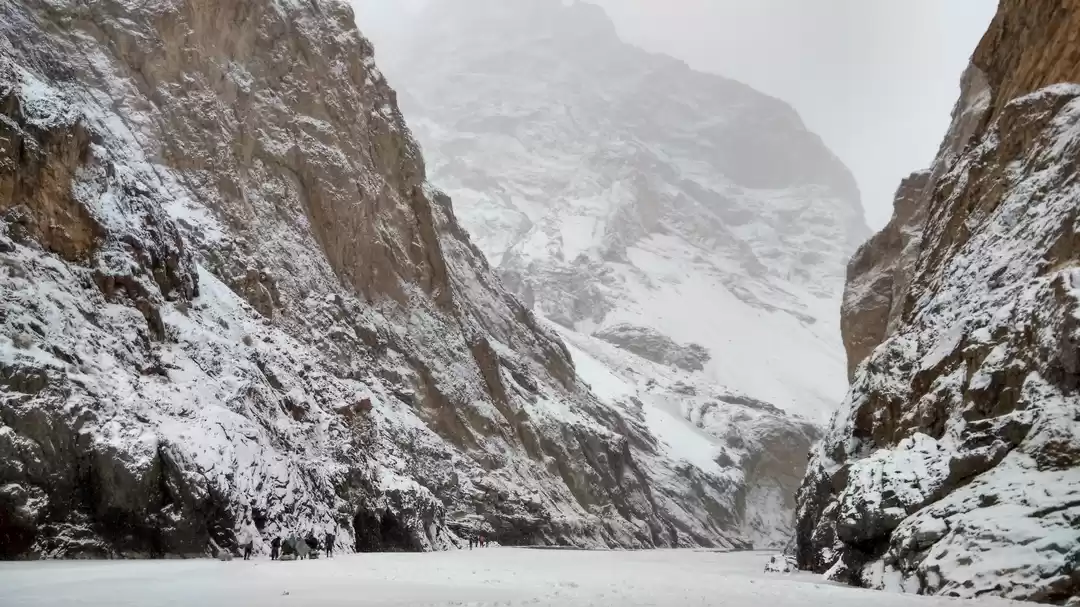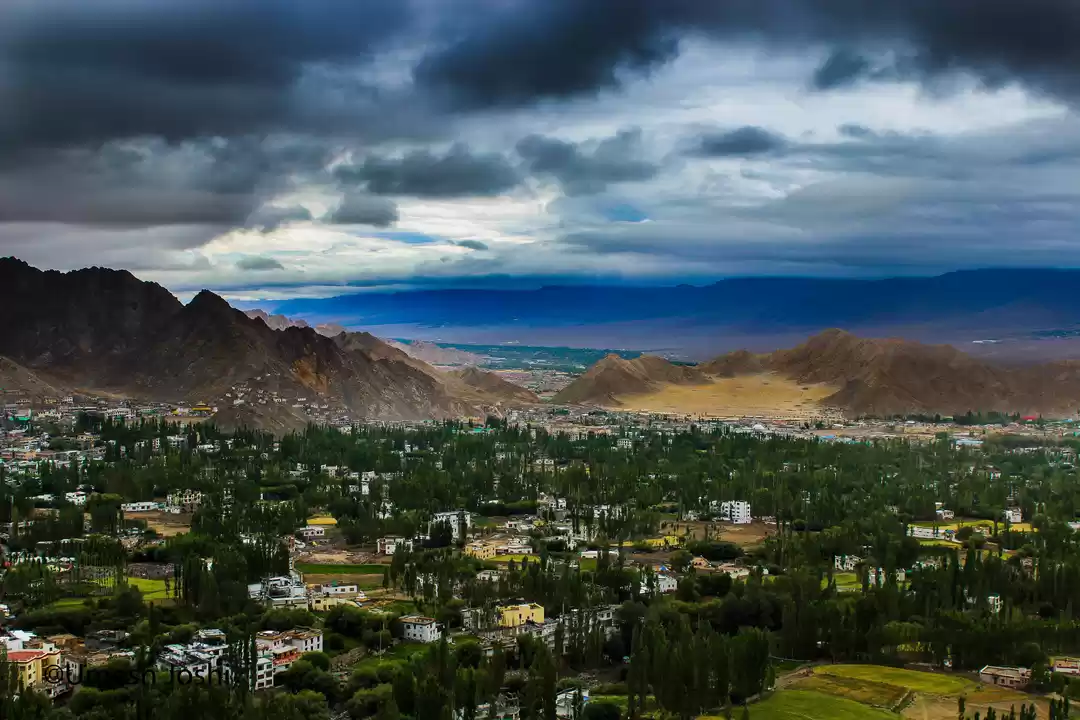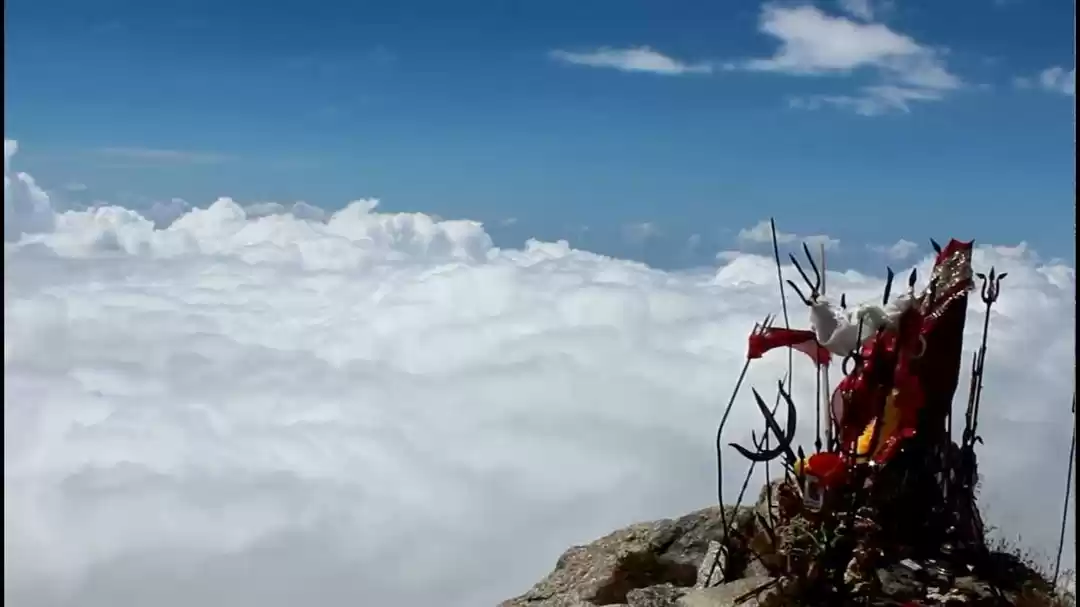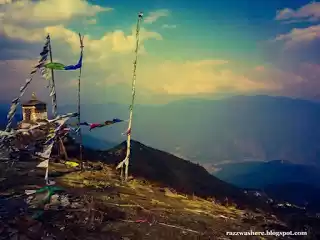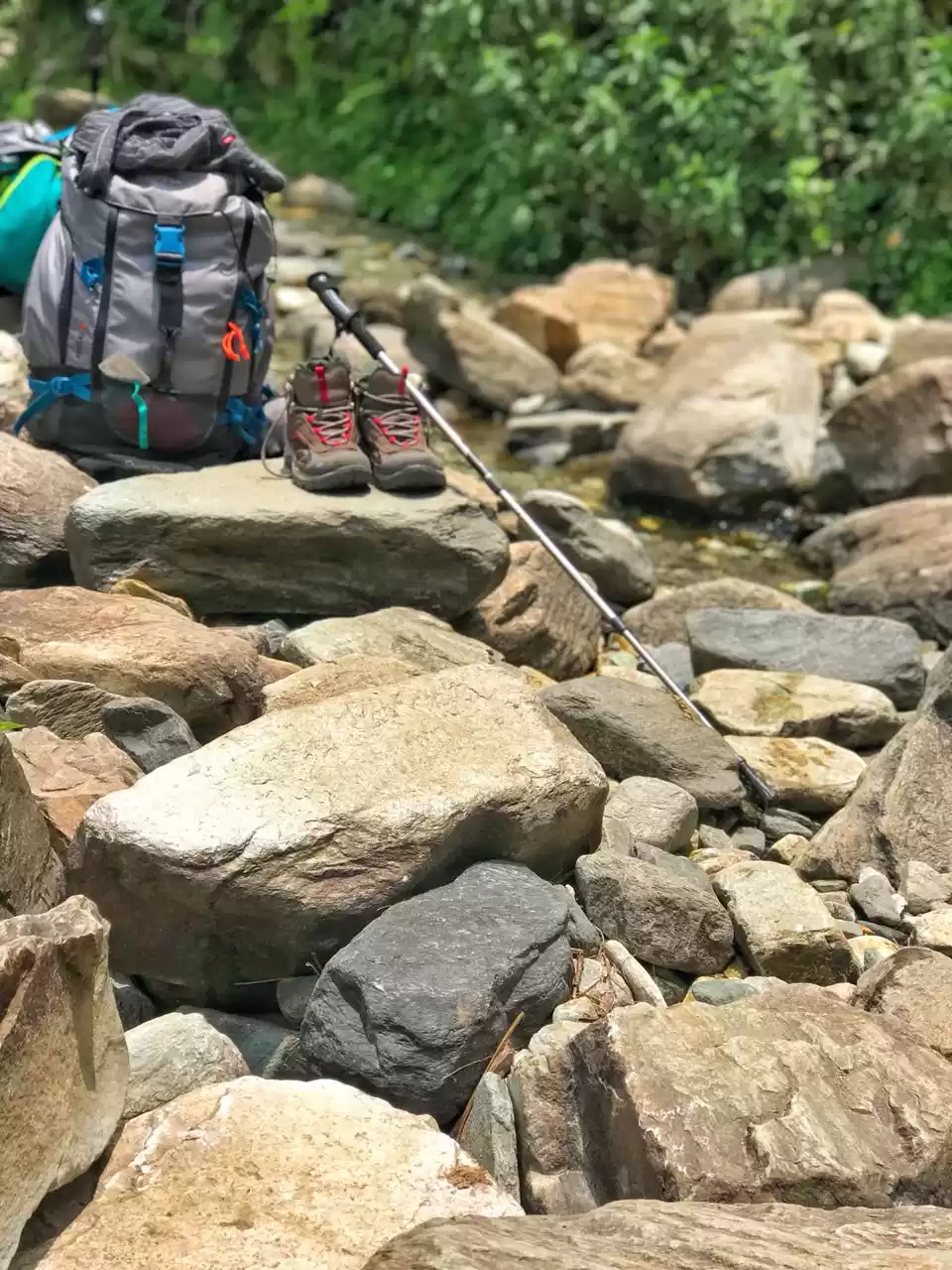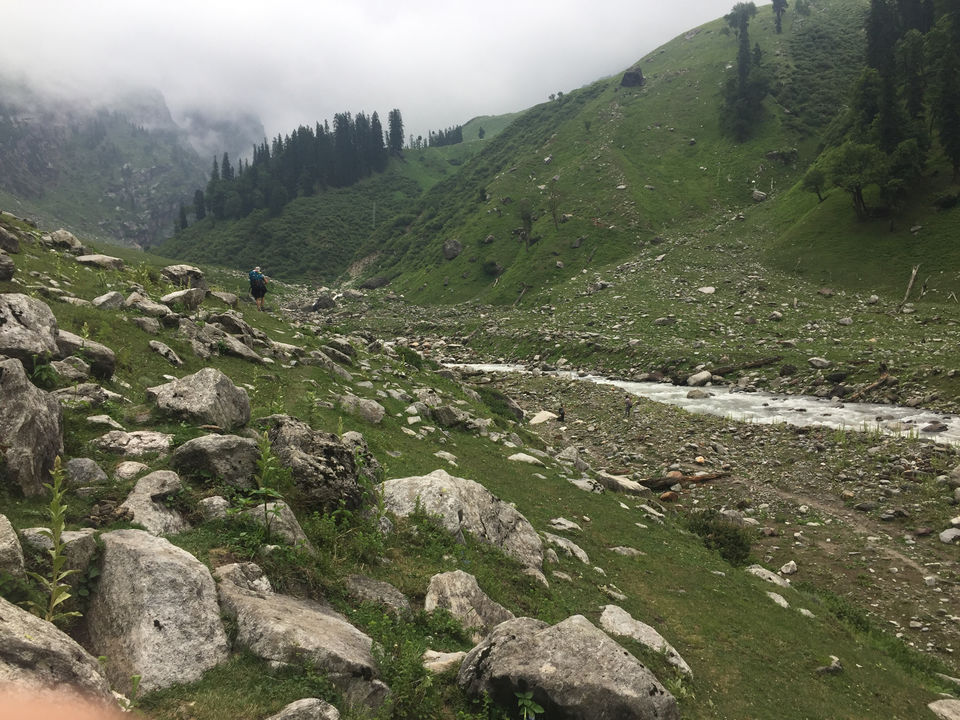
Treks are the new big thing in the travel industry. People, especially the youth are venturing out into exploring the off-beaten track. So, under the influence of Yeh Jawaani Hai Deewani, we also clicked "Book Now" on our "Manali Trekking Trip", i.e. Hampta Pass and Chandrataal Lake - a beginner's trek via Thrillophilia. Individually, we had all done day treks in and around Mumbai, but this was the first multi-day trek any of us had ever attempted. Being freshers, we were in for a huge, huge surprise. I would like to share my takeaways from this adventure for all the newbies out there.
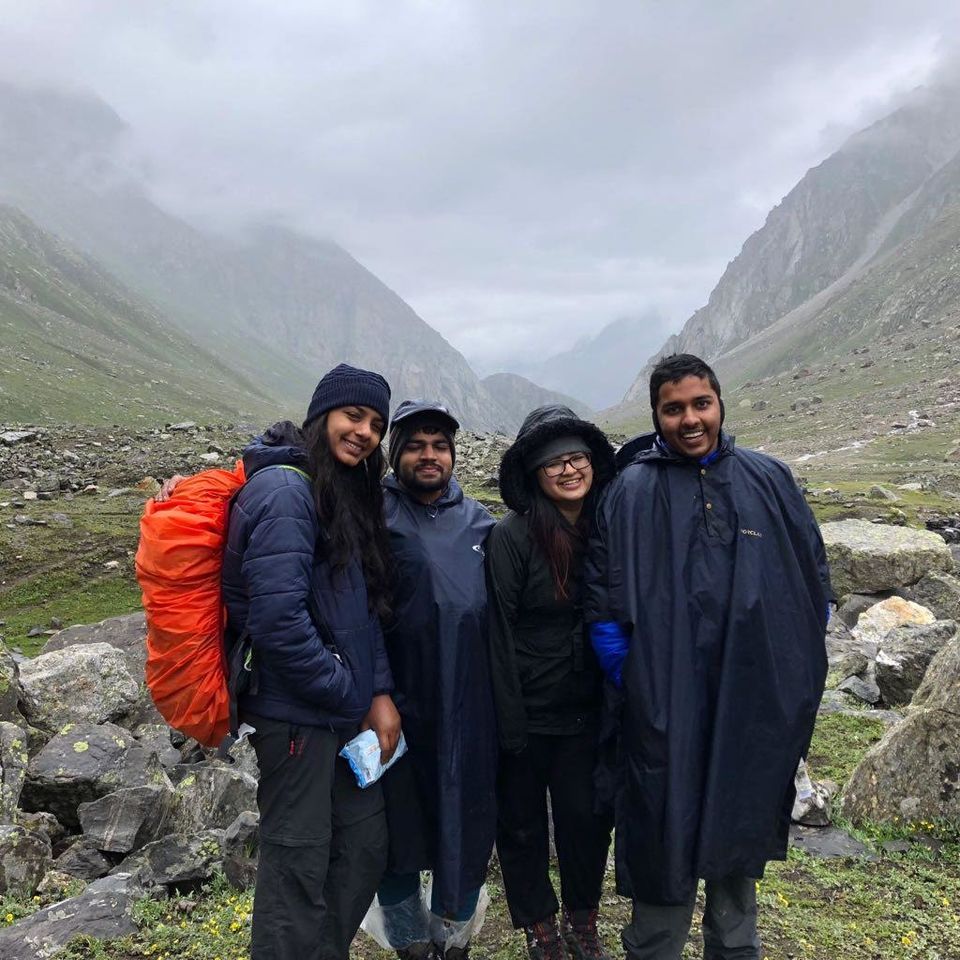
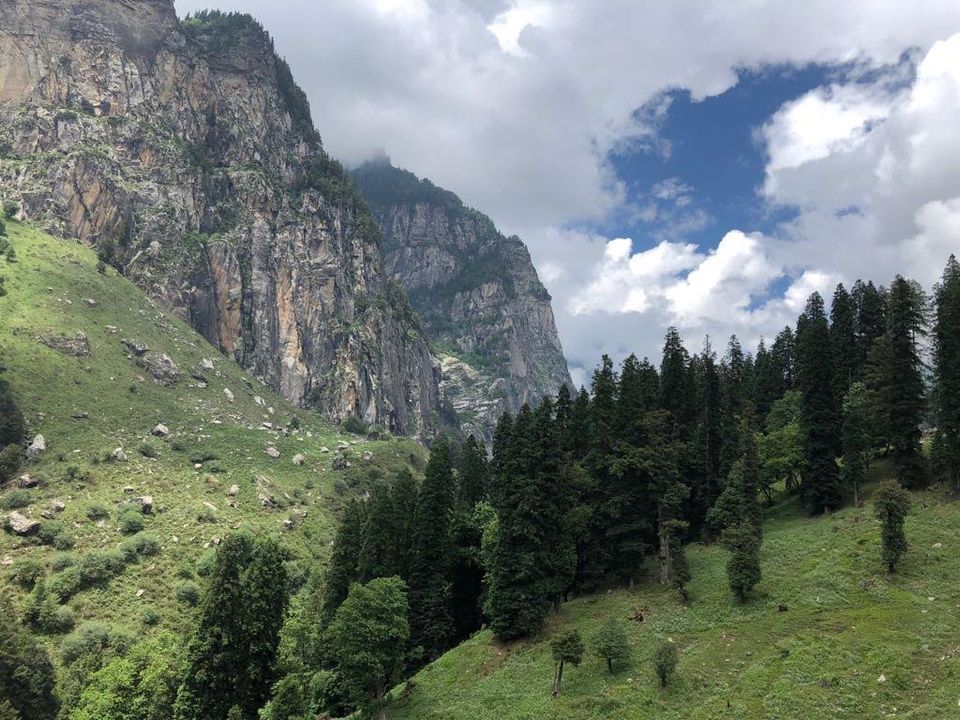
1. Never, ever, book your trek during the rainy season.
Our trek was for 5D/4N from July 1, 2018. As per the weather forecasts, there was supposed to be an occasional shower. However, since the mountain weather is highly unpredictable, our MET department is even more ineffective and inaccurate. It rained on all the days of our trek! Although it was only a mild drizzle most of the times, the rain coupled with the cold, added an unexpected level of difficulty to the trek. All our clothes, shoes and trekking gear got completely soaked by the end of the 3rd day, including our sleeping bags and tents, which left everyone chilled to the bone and led to a lot of shivering, sleepless nights. Our experience would have been staggeringly beautiful had it not been for the rain.
I would recommend going on such treks during June, preferably around the 15th.
2. Be highly systematic in your packing.
The recommended volume of backpack to carry for a 5-day trek is 40-50 liters. Do not overpack. You require less than you think you need. We followed the list provided by Thrillophilia to the letter. There were definitely a few things that we could have cut down on. For example - We were required to carry utensils - a tiffin, plate, spoon and mug. These were completely unnecessary as our guides already had these available for us. Coordinate with your guide to get an exact list of items. Instead of carrying extra clothing (just because), carry extra utility items such as woolen socks, undergarments, etc. that you may require just in case. Those trekking during the rainy season, ensure that you have 2 pairs of gloves - one woolen and one waterproof, a rain cover for your rucksack, a waterproof jacket, a body covering poncho (this is highly essential!) and extra plastic bags. Also, do carry chocolates and protein bars, they are a huge help.
3. Trekking shoes are your savior.
If you are a klutz like me, a trek is a landmine of injuries waiting to happen. Invest in a good pair of trekking shoes, preferably ones that cover your ankles (these prevent your legs from spraining while descent). Sure, they will be expensive, but truly, they are what will help you get to the top, apart from your willpower of course. I bought Quechua shoes from Decathlon costing Rs. 3,500. Make sure that your shoes are not too heavy, so that they don't weigh you down during a climb. Also, break-in your shoes before going on the trek to avoid shoe-bites and blisters. Do not borrow shoes to cut costs.
4. Hygiene is a problem.
Get used to taking a dump the au naturel way - out in the open. Usually the toilets set up by the guides is just a sand pit in a tent which is to be covered with sand after use. Most of the times, unless you are the first to use, it is highly unhygienic. Carry wet wipes and get used to dry sanitization. Use a mouthwash when you can't brush for more than a day. If you are a germaphobe, such a trek may not the best idea for you to undertake.
5. Safety first.
One of the biggest complaints that we had with the trek (apart from the rains) was the lack of safety measures in place to help the trekkers. Our group of 19 was roughly divided into 3 groups, the biggest being middle group. There were always 2 guides at the start and the end of the batch. However, there was no one to ensure the well-being of the middle group. Make sure to inquire first and only then select such an agency which provides at least 1 guide for every 5-6 people.
Also, select an agency that has its trek uniformly spaced out throughout all the days, i.e. walking of no more than 4-5 hours per day. This helps the body to relax and also appreciate and cherish the vistas after a day's of hard work.
6. Bonfires are a myth.
Warming our bodies against the pleasant heat of a bonfire in bleak temperatures eluded us. This is primarily due to two reasons - no availability of dry wood and restrictions on creating campfires due to possibility of forest fires. So get out of the YJHD illusion, and wear warm clothes or multiple layers to keep warm.
7. Improve your stamina.
Last and definitely the most important, exercise before the trek. We have a tendency of overestimating ourselves and underestimating our adversities. Start exercising at least 3 weeks before the trek - walking, jogging or anything that builds stamina will help.
Overall, this is an experience that will strengthen your personality. It toughens your endurance, teaches you teamwork in the land of every-man-for-himself and tests the limits of your willpower. All of this, in the presence of incredible beauty accompanying you every step of the way!
